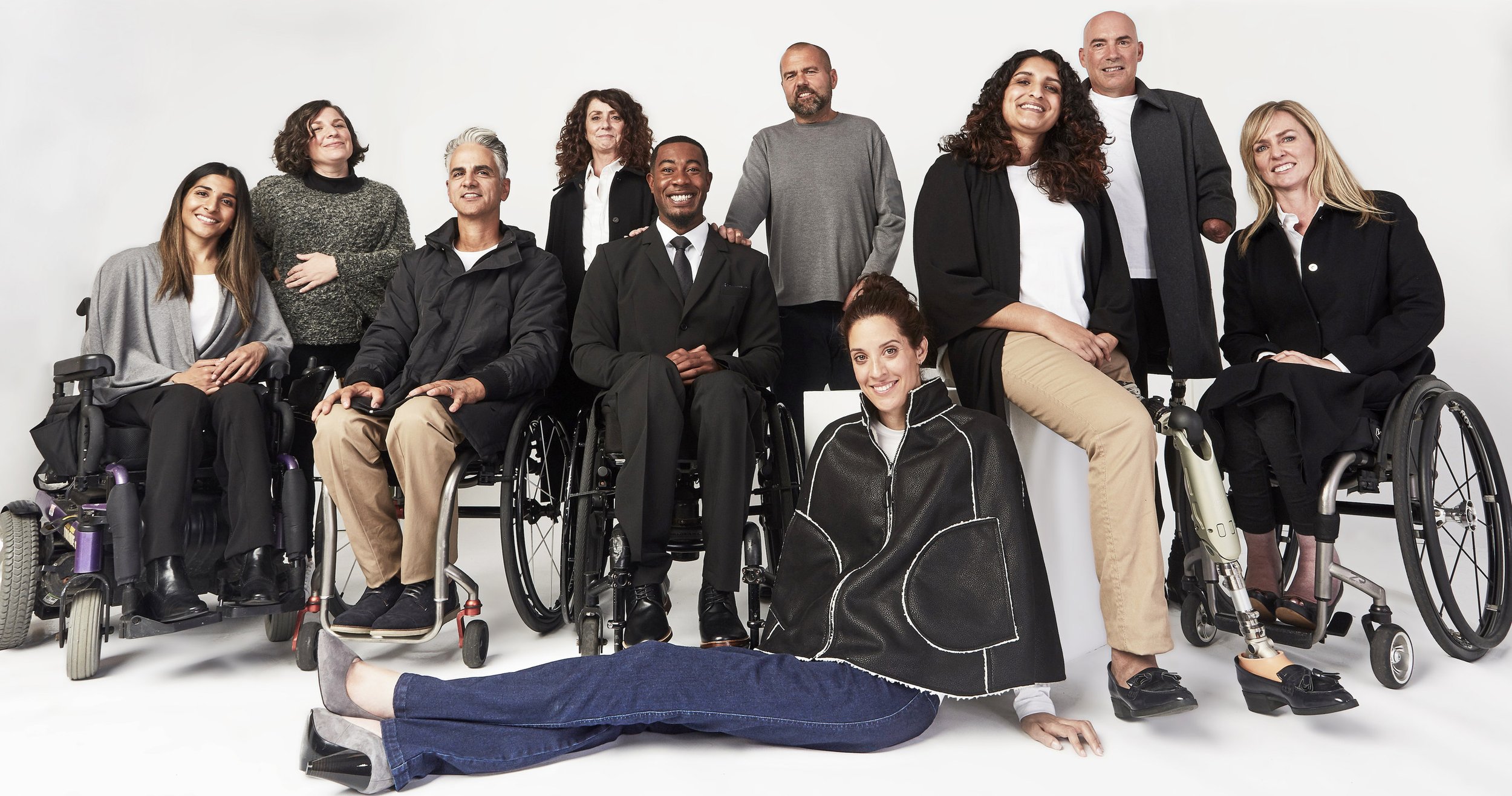Fashion vs. Accessibility: The Rise of Adaptable Fashion
When most people think of fashion and accessibility the conversations usually centres on affordable and stylish products for people in a lower income bracket. Or creating opportunities and spaces for minorities in prestigious fashion houses and one of the longest running conversations size inclusions. Now, although all of these are very valid and deserved topics a conversation that is rarely raised is inclusion for those living with physical disabilities.
In 2020, it’s a conversation that’s begun to build momentum. Over the last couple of years several brands, politicians, and general media have aggressively acknowledging the lack of representation and promises to do more or better going forward. As a result, several designers have created specialities capsule collections focused on these communities known as Adaptive Fashion. Simply put adaptive clothing is clothes designed specifically to accommodate people living with varying disabilities. This ranges from individuals living with congenital disabilities, acquired disabilities, temporary disabilities, and physical disabilities.
Allow me to break it down even further, people living with Alzheimer tend to disrobe as they may often be unable to communicate that they are either hot or cold, tired, or uncomfortable. One design in adaptive clothing is locked fabrics. Locked fabrics make it difficult for patients to easily disrobe. Individuals living with Parkinson and Multiple Sclerosis will lose fine motor skills so with adaptive clothing the designs have replaced zippers and buttons with velcro, magnets and snap closures to secure garments. Other designs include digestive disorders, inflamed joints, post-surgical and lastly mobility issues.
In 2017 Tommy Hilfiger famously launched his adaptable clothing line, Tommy Adaptive. The brand maintains its signature style but has modifies it’s looks with one-handed zippers, magnetic closures, and adjustable seams that open to accommodate prosthetics and wheelchairs.
Ugg and Zappos partnered in 2020 to reimagine the iconic sheepskin boot for easier on-and-off. The design opted for an oversized double zipper, an extra-wide opening, and an extended rear pull tab so that taking the boots on is easier than ever.
One of the most popular brands leading the way in this niche specific market is IZ Adaptive. Their primary customer is for individuals living with mobility issues, specifically wheelchair users. IZ Adaptive designs are always on trend and of the moment with excellent fit and durable fabrics that ensure garment longevity. They offer an inclusive size chart and a seamless back design, with details like no back pockets. Critics, customers, and others in the fashion industry have universally praised the brands price points, the quality and fit, and stylish collections each season.
The latest brand entering adaptative clothing is Reebox. A couple of months ago Reebox launched the Reebox Fit to Fit Collection, keeping the brands signature designs and familiar silhouettes this collection’s goal is to enhance the quality of life for everyone. By providing functional products that don’t compromise style or performance. The capsule consists of 2 low cut sneakers that are easy for mobility, feature high-abrasion rubber outsole for better traction and removeable sock liners for orthotics.
I’m happy to see that the conversation surrounding accessible fashion has expanded. I think the only grip I have is that designer only appear to focus on designing casual and active wear pieces. I think more formal designs would be a huge benefit to the community. The lack of office and formal wear suggest that the people with a physical disability do not attend anything thing formal or work in a corporate space and that’s just not true. I hope that designers consider this going into the next collection of pieces.
I also hope that this won’t be a one and done. The demand for inclusion is the now at the forefront of every industry and I think this should be a permanent addition to a brands division, the same way an active wear or ready to wear division is.
Overall, I think this is a win-win across the board. From a business point of view, companies are being recognized for inclusions, shifting the conversation on accessible fashion forward and generating positive press. The disability community is being recognized and highlighted in a positive light, and I truly hope this is the beginning of creating a permanent division in more fashion houses.
But I’d love to hear what ya’ll think. Was this article illuminating to you? Do you feel like more brands should be doing more for inclusion in fashion? As always leave a comment below and let’s keep the conversation going.







